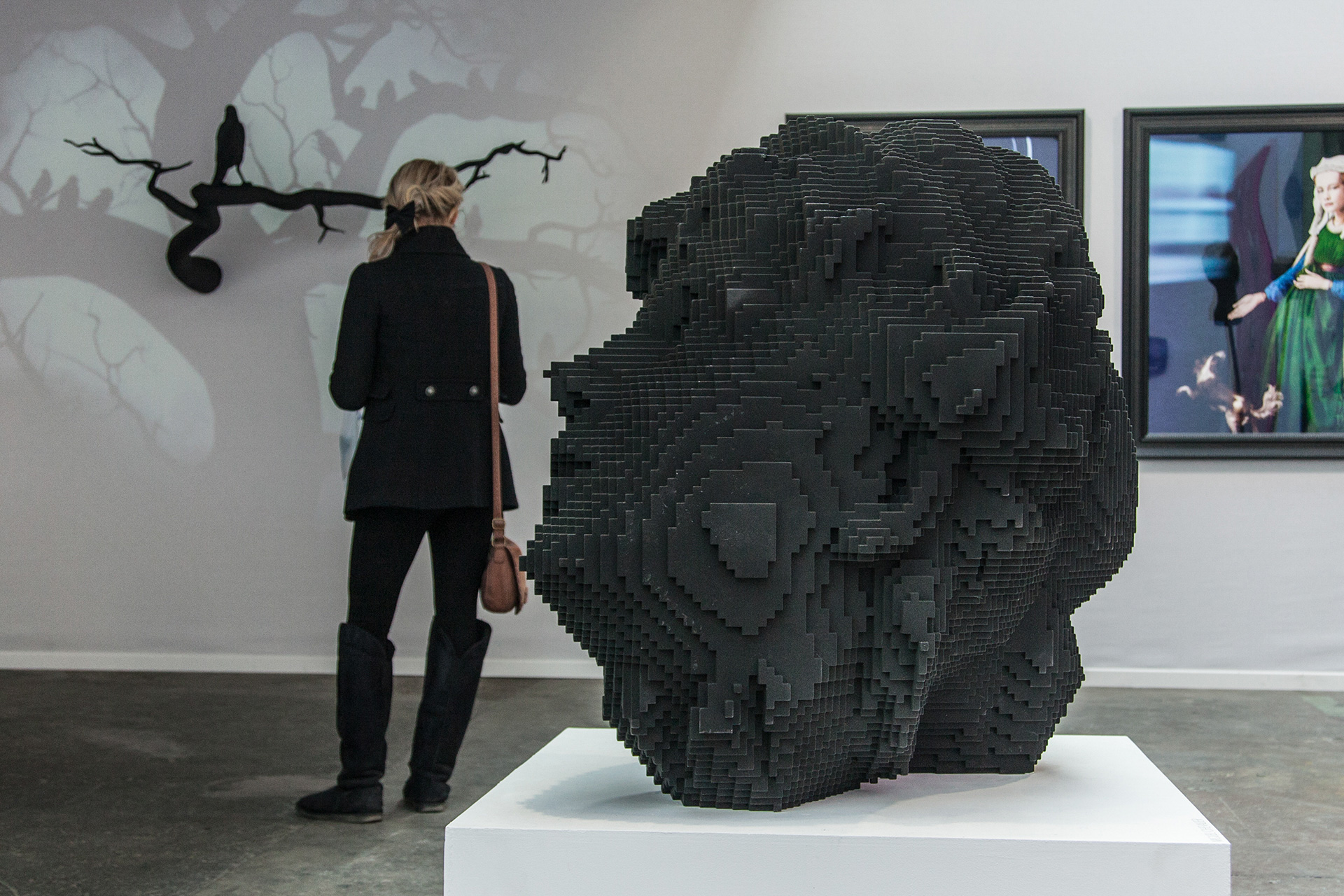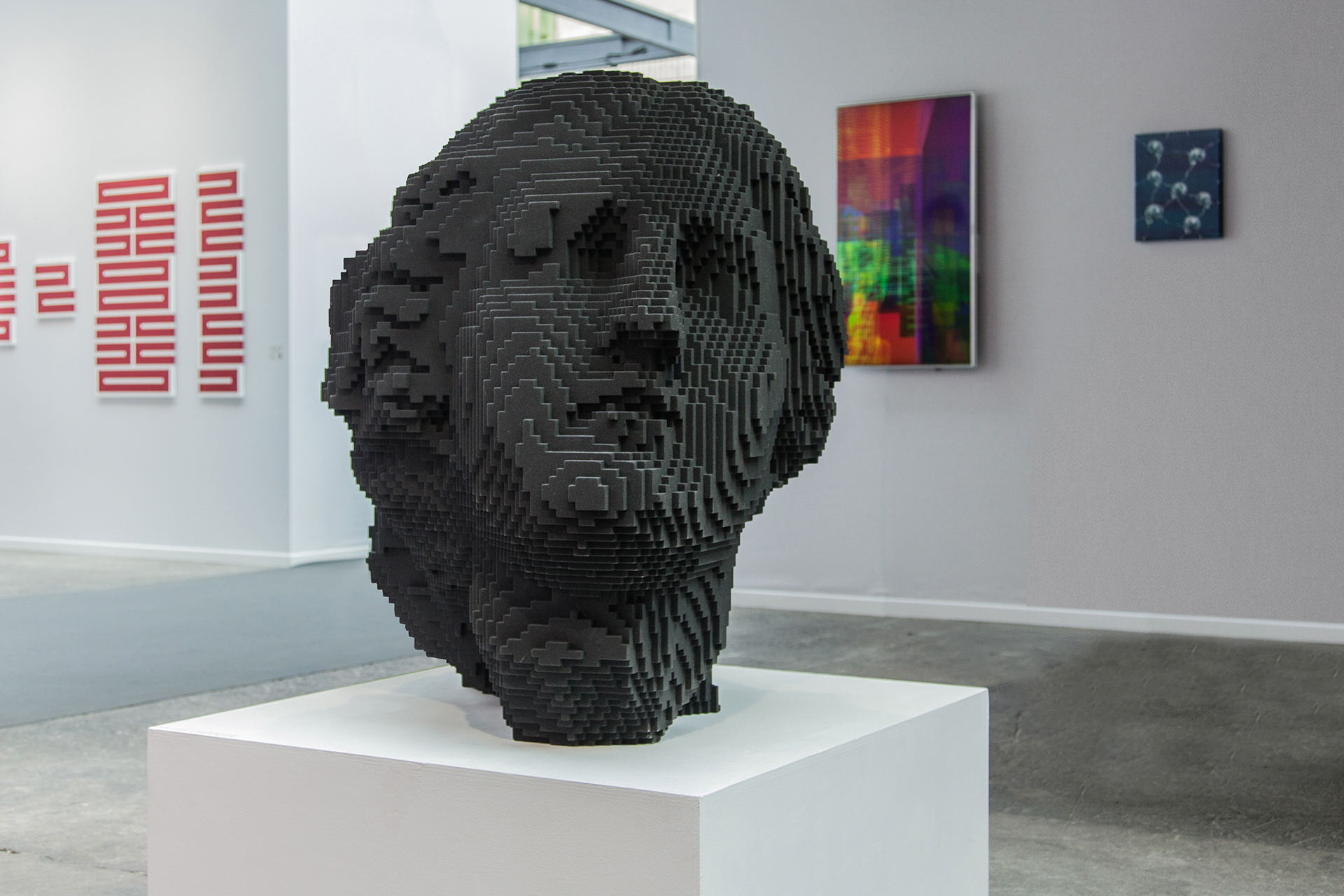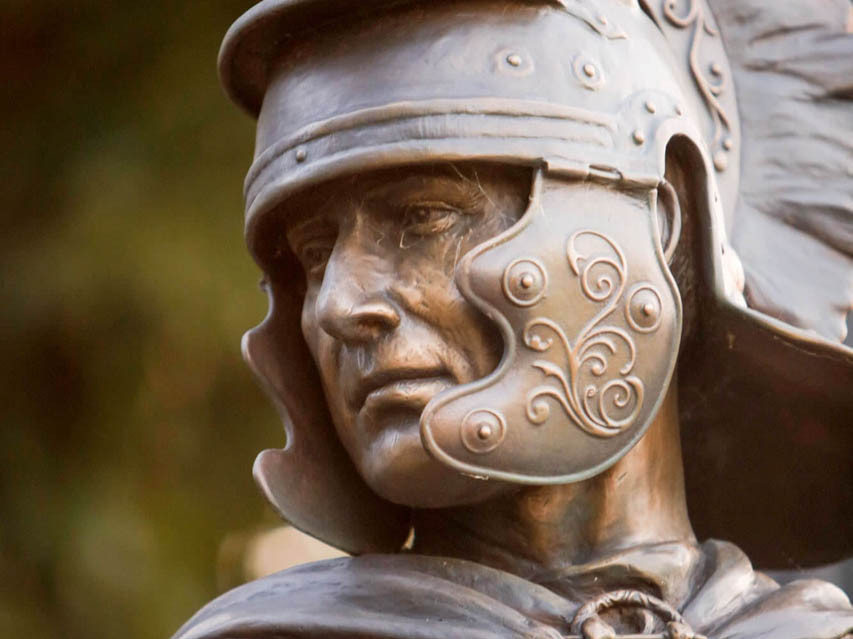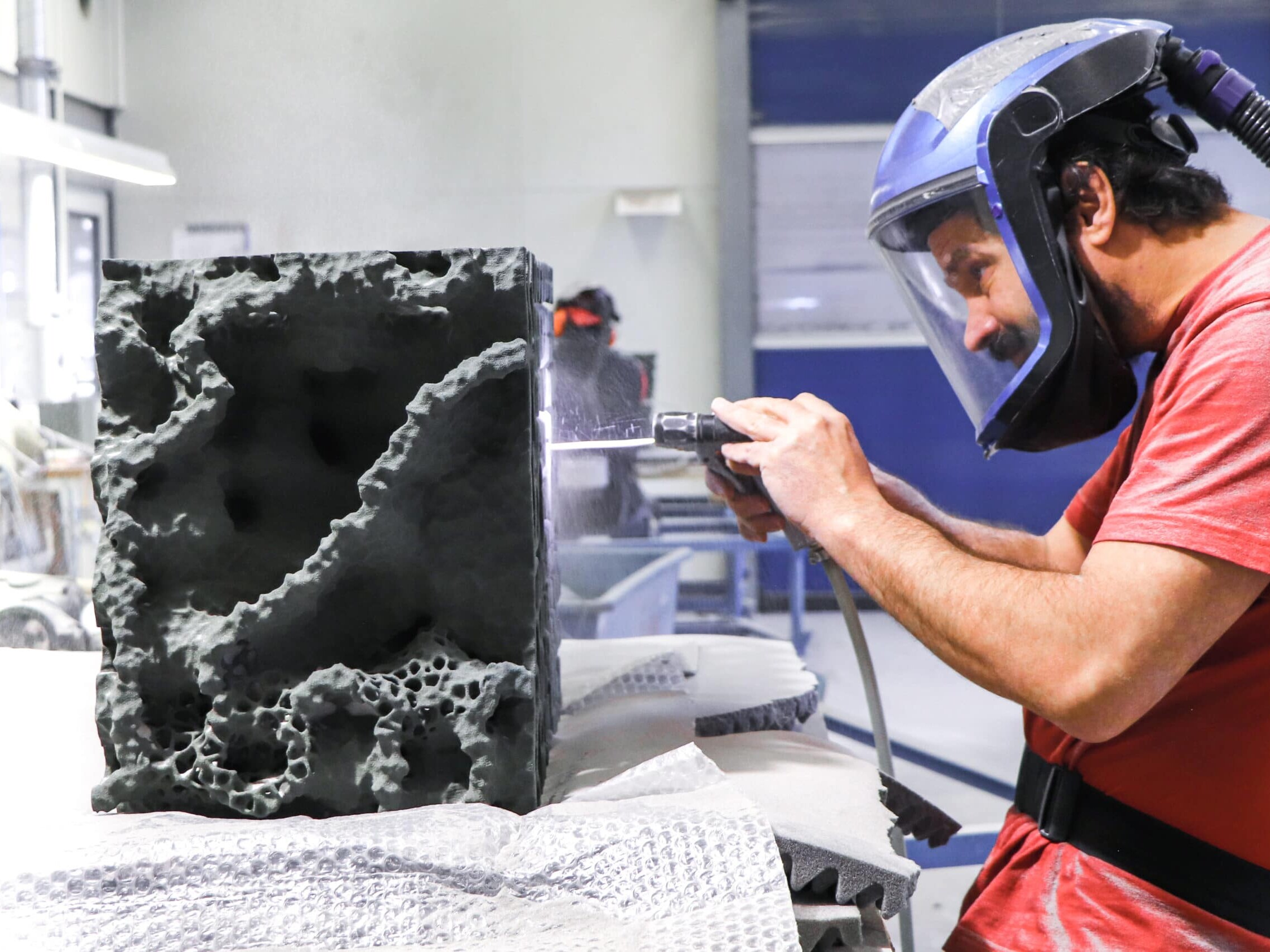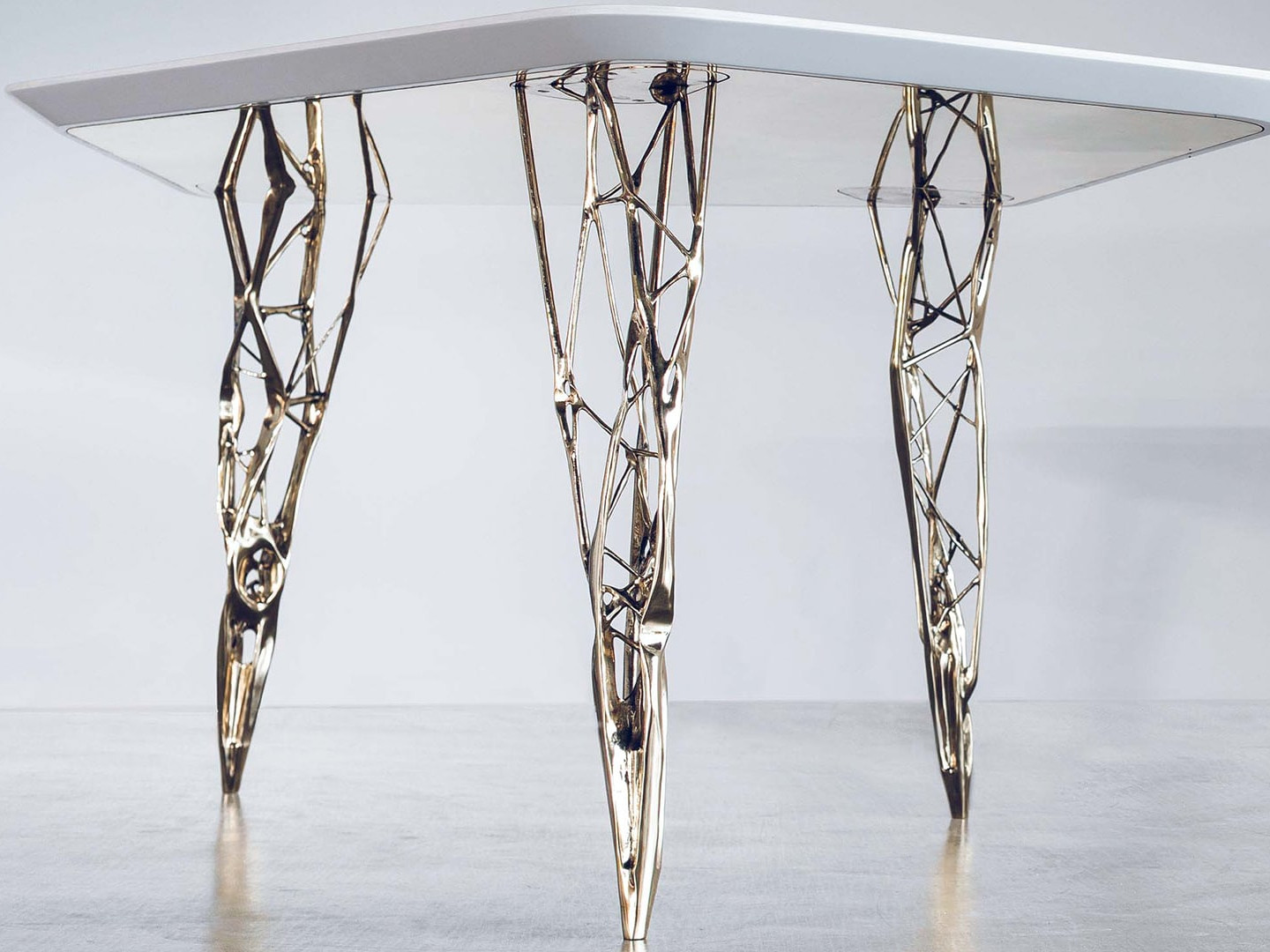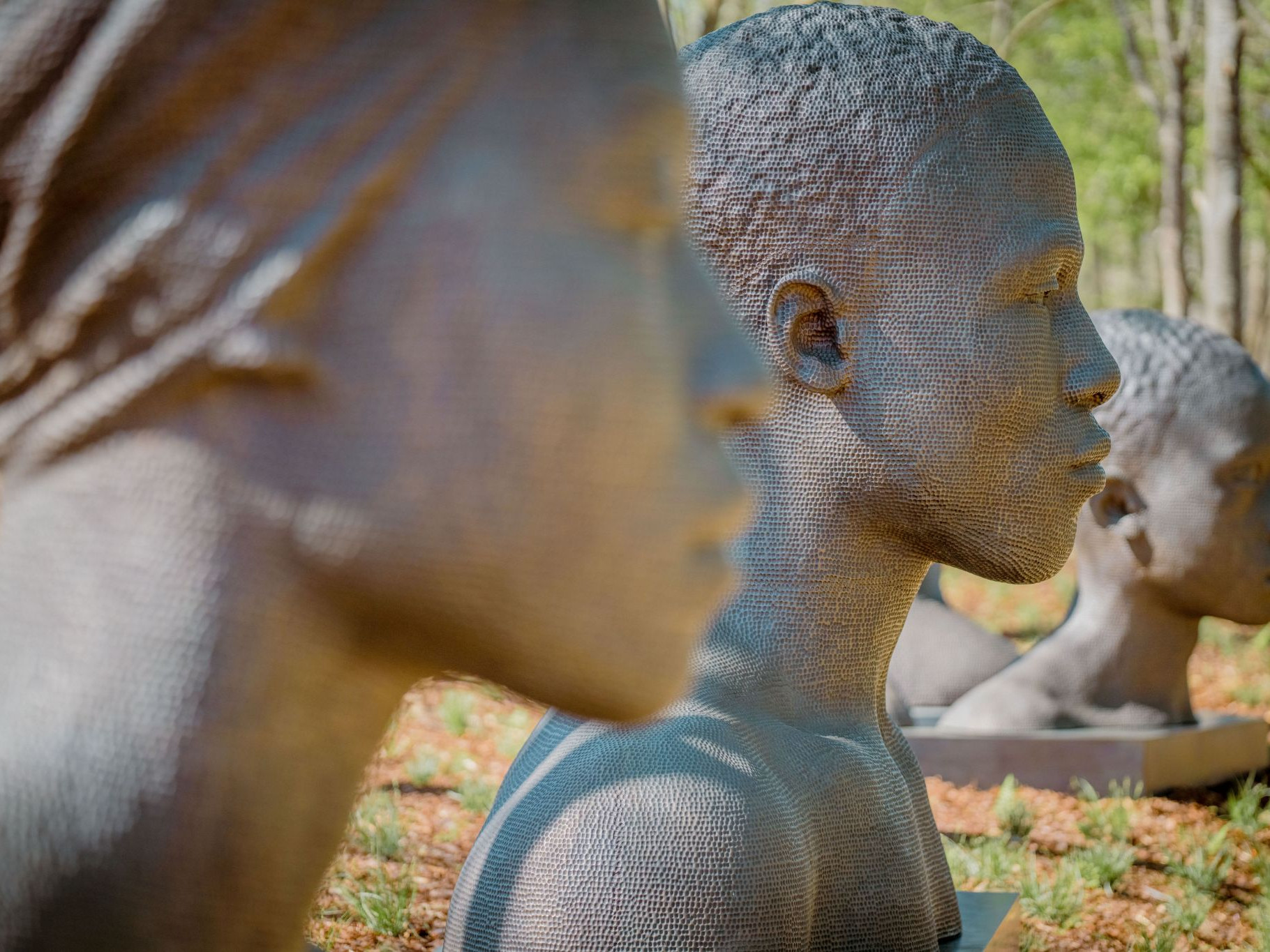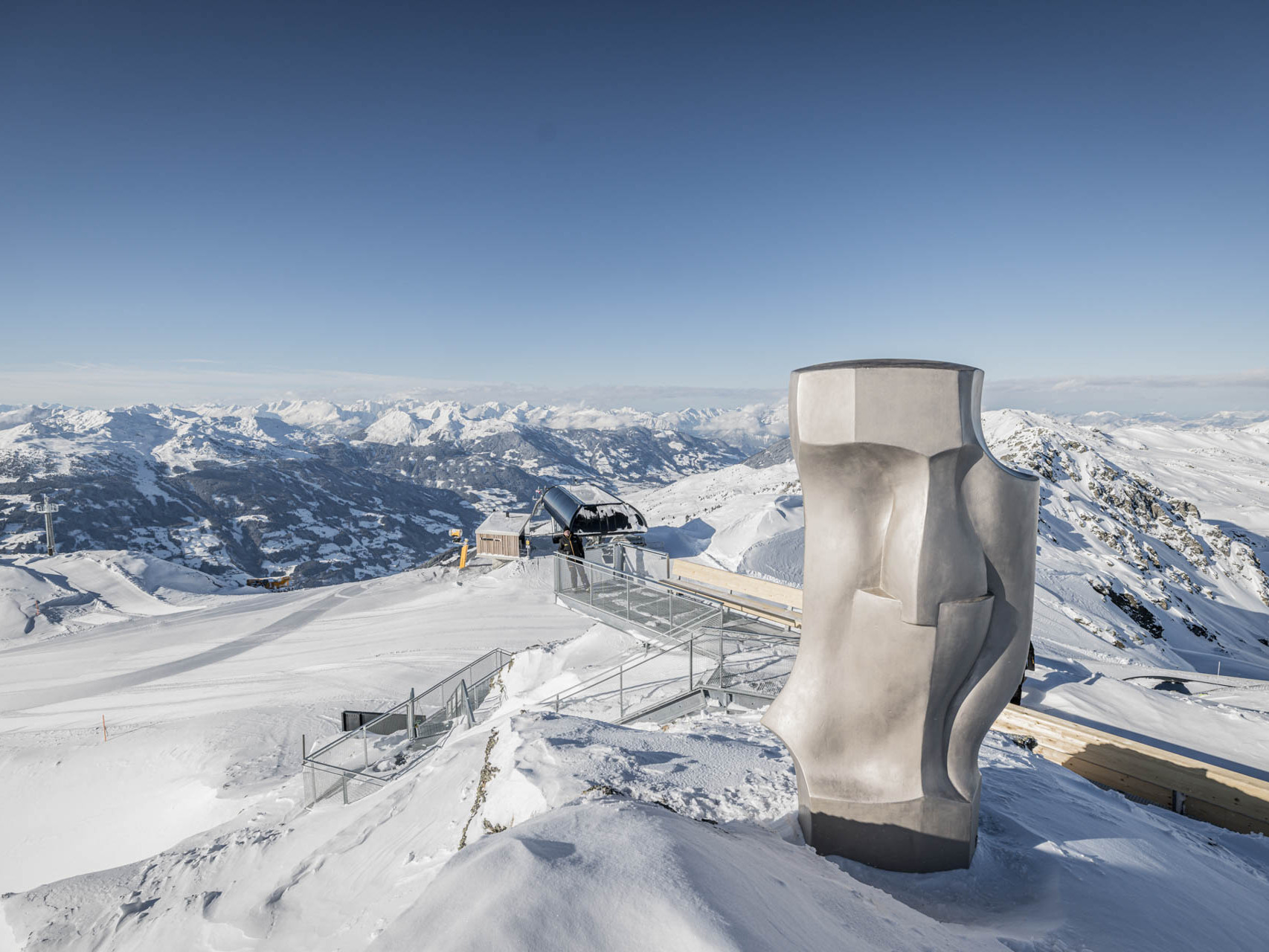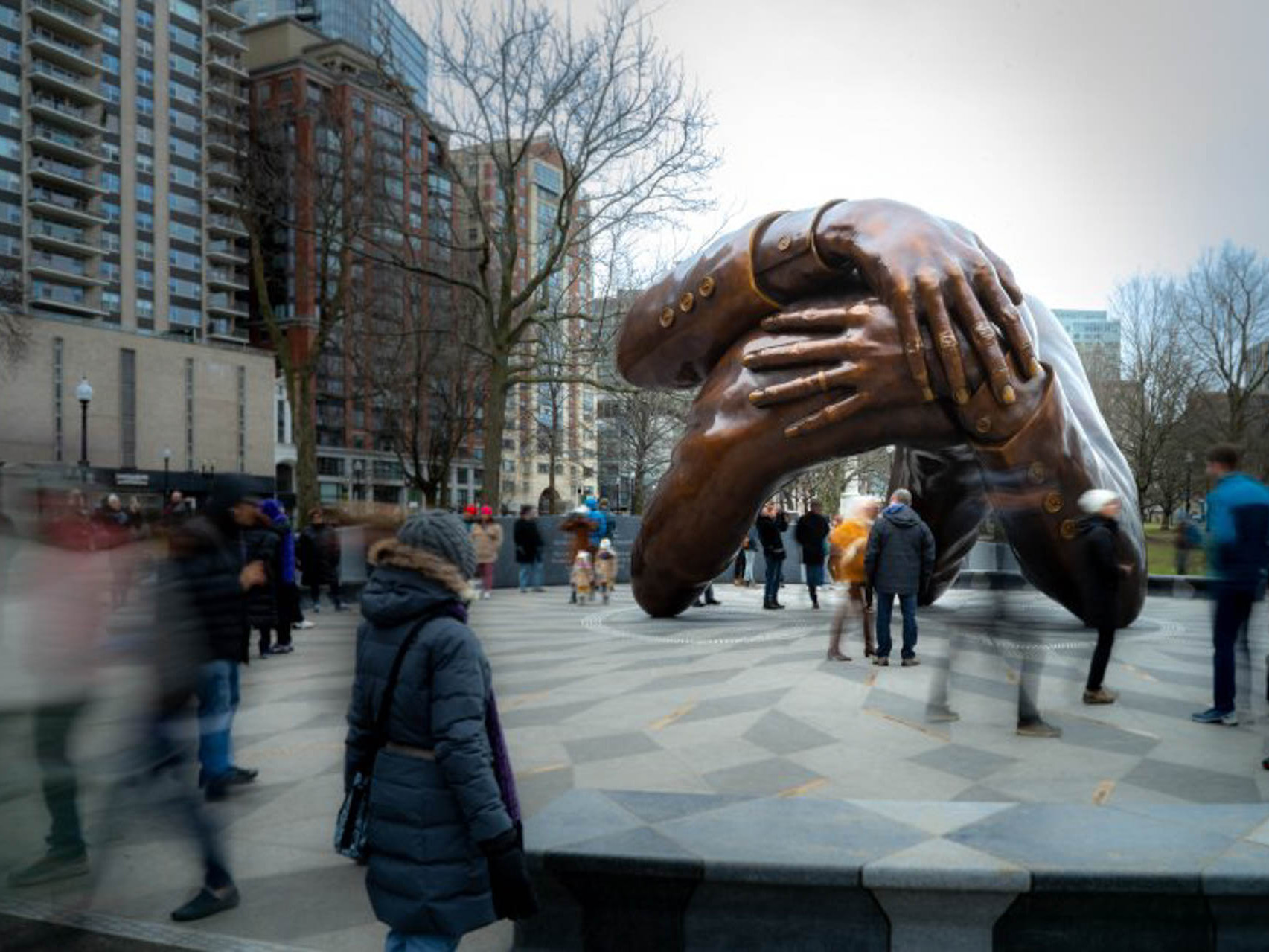- Home
- Case Studies
- Art and Design
- Taking 3D printing to the next level for architects and element builders
Taking 3D printing to the next level for architects and element builders
Additive manufacturing in 3D printing will change industrial production in many ways. Resource efficiency, sustainability and digitization are driving new thinking in the construction industry.
Digital production of bionic structural parts
The architect Daniel Büning studies novel computer-supported design methodologies, which also includes the use of bionics. In this process, efficient structures from nature are transferred into technical designs, with the goal of creating light but very strong structural parts with minimal use of materials, which are in high demand in many technical applications ranging from architecture to aviation and aerospace.
With his »Natural Column Project«, Daniel Büning has created the world’s first architectural part with a complex internal microstructure, which was generated with a digital simulation process and turned into reality using an additive manufacturing process. This project would not have been possible without a layer-by-layer digital production process, since these complex structures, which are inspired by nature, cannot be produced using “traditional” CNC-based production methods. These types of parts can only be created with large-format 3D printing systems.
The Natural Column Project came together at voxeljet’s service center on the industrial 3d printer VX4000, which can print sand molds with a volume of up to eight cubic meters. The structure was printed in four individual parts to facilitate the handling of the structural element with dimensions of 1720 x 921 x 1761 mm. The exhibit impresses with its outstanding richness of detail and high strength. It is another example of how 3D printing has become the enabler of trend-setting production Technologies.
3D printed column as a symbol for new architectural possibilities
The impressive column created by London architects and designers Sam Welham and Richard Beckett is a masterpiece that has generated considerable attention, and it also highlights the versatility of 3D print technology in architecture. The sculptural element soars to a height of 2.1 meters and consists of two halves. The lower half was printed with a medium resolution and a layer thickness of 0.3 millimeters in sand. It transitions into the white region made of high-resolution PMMA plastic with a layer thickness of 0.15 millimeters.
Both components were produced on large 3D printers for the serial production at the voxeljet service center in Friedberg. Even though the molds were very large and complex, and featured numerous undercuts, it was nevertheless possible to print the parts in one piece. The larg-format 3d printer VX4000 took less than 20 hours to print the lower sand half, which is 1.14 meters high and weighs 134 kilograms. The upper plastic half, which weighs 52 kilograms, is almost one meter high. It was created on a VX1000 3D printer in a build time of approximately 34 hours.
Sam Welham is very excited about the technical possibilities offered by 3D printing, and in particular the precision and size of the voxeljet printers. In their opinion, voxeljet’s large-format printers are currently the best option for producing detailed and ornamental architectural elements. He offers as proof the aesthetic column, whose geometry utilizes a novel and at the same time independent architectural language with references to historical and neo-digital designs. At the same time, the sculpture underlines the fact that 3D printing is no longer used just for the production of prototypes and models, but also for architecture at a 1:1 scale.
Virtual art takes shape
Since 1978, Miguel Chevalier has focussed exclusively on computers as an artistic means of expression. He is known internationally as one of the pioneers of virtual and digital art. He has realized many exhibitions and virtual-reality installations for galleries, museums and public spaces around the world. The sculpture “Janus 2013” is part of his interactive virtual-reality installation “Terra Incognita” 2010 exhibited at MIS in Sao Paulo in Brazil.
Inspired by ancient Greek and Roman sculpture, “Janus 2013” is here pixelized or “voxelized” (3D pixel). With the 3D printed sculpture, Miguel Chevalier wants to underline the omnipresence of digital art in our society and shows that digital art is in continuity with the history of art since Antiquity. The execution of this unusual order was done with the large-format 3d printer VX4000 at the voxeljet service center. The powerful industrial printer with the build volume of up to 8 m³ printed the whole sculpture with the dimensions 1000 x 1000 x 820 mm in one piece.
To keep the weight of the piece to a reasonable 120 kg, the artwork was created with a wall thickness of approximately 25 mm and was hollow inside. After printing, the head was filled with epoxy resin. Thanks to the high performance and large capacity of the VX4000, the printing time for the complete sculpture amounted to 40 hours. Chevalier was very pleased with the printing quality and the short delivery time of only two weeks after receipt of the data.
More Case Studies
58 sculptures cast in bronze visualize the Way of the Cross of Jesus in Nebraska, USA. The unique works of art were created by famous artists using a combination of 3D printing, investment casting and bronze casting.
Functional Architecture with 3D Printing
The Mersitem Wall is a best practice example of how functional and sustainable architecture can be created with 3D printing.
3D printing for sustainable architecture
Singapore's AIRLAB uses these table legs to show how architecture can be made more sustainable and functional at the same time.
3D printing the future of prop manufacturing
Using 3D printing to create cost-effective, realistic movie props.
Bronze-cast sculptures produced with 3D printing
In the Freedom Monument Sculpture Park, there are three bronze sculptures by artist Shaleigha D'Clark, created using 3D printing
3D-printed sculptures at 2500 metres
At 2,500 metres in the Tyrolean Alps, these 3D-printed sculptures enjoy a special view. They are the fulfilment of a long-held dream of Tyrolean artist Magnus Pöhacker.
3D printing patterns for large-scale sculpting
The Embrace is a public artwork in Boston to honor and remember the life of Martin Luther King and his wife Coretta Scott King. The sculpture was created with 3D PMMA printing and investment casting
58 sculptures cast in bronze visualize the Way of the Cross of Jesus in Nebraska, USA. The unique works of art were created by famous artists using a combination of 3D printing, investment casting and bronze casting.
Functional Architecture with 3D Printing
The Mersitem Wall is a best practice example of how functional and sustainable architecture can be created with 3D printing.
3D printing for sustainable architecture
Singapore's AIRLAB uses these table legs to show how architecture can be made more sustainable and functional at the same time.
3D printing the future of prop manufacturing
Using 3D printing to create cost-effective, realistic movie props.
Bronze-cast sculptures produced with 3D printing
In the Freedom Monument Sculpture Park, there are three bronze sculptures by artist Shaleigha D'Clark, created using 3D printing
3D-printed sculptures at 2500 metres
At 2,500 metres in the Tyrolean Alps, these 3D-printed sculptures enjoy a special view. They are the fulfilment of a long-held dream of Tyrolean artist Magnus Pöhacker.
3D printing patterns for large-scale sculpting
The Embrace is a public artwork in Boston to honor and remember the life of Martin Luther King and his wife Coretta Scott King. The sculpture was created with 3D PMMA printing and investment casting
58 sculptures cast in bronze visualize the Way of the Cross of Jesus in Nebraska, USA. The unique works of art were created by famous artists using a combination of 3D printing, investment casting and bronze casting.
Industrial 3D Printing Systems
Our portfolio of industrial 3D printers ranges from compact systems for research to additive mass production.



















